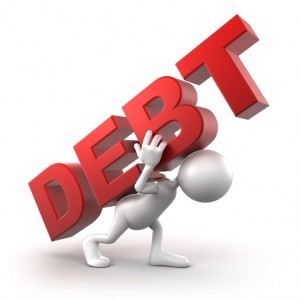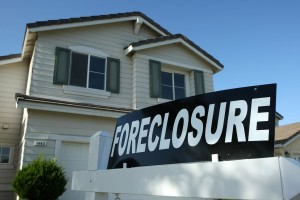Chapter 13
Chapter 13 Bankruptcy Overview
 Chapter 13 bankruptcy is a way for individuals to protect their property and reorganize their debts. Debtors in Chapter 13 bankruptcy cases usually fall into one of two categories. First, debtors who are behind on payments to secured lenders and are at risk of losing their property. Second, higher-income debtors who cannot afford to pay their creditors under the original contract terms and wish to reorganize their debt.
Chapter 13 bankruptcy is a way for individuals to protect their property and reorganize their debts. Debtors in Chapter 13 bankruptcy cases usually fall into one of two categories. First, debtors who are behind on payments to secured lenders and are at risk of losing their property. Second, higher-income debtors who cannot afford to pay their creditors under the original contract terms and wish to reorganize their debt.
In Chapter 13 bankruptcy debtors file a plan to reorganize their debt with the bankruptcy court. This plan provides that they will make payments to a trustee each month for thirty-six to sixty months. The trustee takes that money and disburses it to the creditors, as per the terms of the plan. At the end of the case the debtor receives a discharge, meaning that they are no longer liable for many types of debts.
Chapter 13 Bankruptcy Allows Debtors To Discharge Debt
Chapter 13 bankruptcy is a great way to protect property and eliminate debt. Debtors in Chapter 13 may be able to reduce the amount required to pay off their car, reduce their interest rate on car loans, catch up on missed mortgage payments, cure taxes and child support arrears, and wipe out unsecured debt. It is a very powerful tool for improving the filer’s financial situation.
Chapter 13 bankruptcy requires that debtors pay unsecured creditors (credit cards, medical bills, personal loans, etc.) only to the extent that they can afford to make payments. Debtors in these cases file a means test that calculates their disposable income. The plan must dedicate an amount equal to the debtor’s disposable income for payment to the unsecured creditors. In many cases there is little or no disposable income under the means test, meaning the debtors are not required to pay unsecured creditors at all. Once the plan is completed, the remaining unsecured debt is discharged, meaning that the debtor is no longer liable for the debt. The discharge order effectively wipes out credit cards, medical bills, pay day advance loans, many types of judgments, personal loans, and deficiency judgments. However, if the debtor has nondischargeable debt, like student loans, then the remaining balance of those claims will still be due after the bankruptcy case is completed.
Chapter 13 Bankruptcy Protects Secured Property
When a person borrows money to purchase a house or a car, they give a lien on the property purchased to the lender. This lien allows the lender to foreclose or repossess the property if the borrower stops making payments. If the property owner falls behind on payments, they will be in danger of losing their house or car. To protect their property they can file Chapter 13 bankruptcy. The bankruptcy filing will prevent seizure of the asset and give them a way to get caught up on the missed payments.
Chapter 13 bankruptcy accomplishes two things for property owners who are behind on payments  to secured creditors. First, upon filing bankruptcy an automatic stay goes into effect. The stay prevents all collection efforts against the debtor and his property without court permission. The stay continues in effect until the bankruptcy case is closed or until the court lifts the stay. Chapter 13 bankruptcy is a great tool for stopping a foreclosure or repossession.
to secured creditors. First, upon filing bankruptcy an automatic stay goes into effect. The stay prevents all collection efforts against the debtor and his property without court permission. The stay continues in effect until the bankruptcy case is closed or until the court lifts the stay. Chapter 13 bankruptcy is a great tool for stopping a foreclosure or repossession.
Second, debtors in Chapter 13 bankruptcy cases file a plan to reorganize their debts with the court. This plan can be used to pay the missed payments to the creditors. If the debtor successfully completes the plan, and makes all mortgage payments that come due during the case, then they will be current on their mortgage at the end of the case.
Contact Our Office For A Free Consultation
Chapter 13 bankruptcy is a powerful tool for resolving debt. To learn more about the process, contact our office at 214-618-1700 for a free consultation with a bankruptcy attorney.




